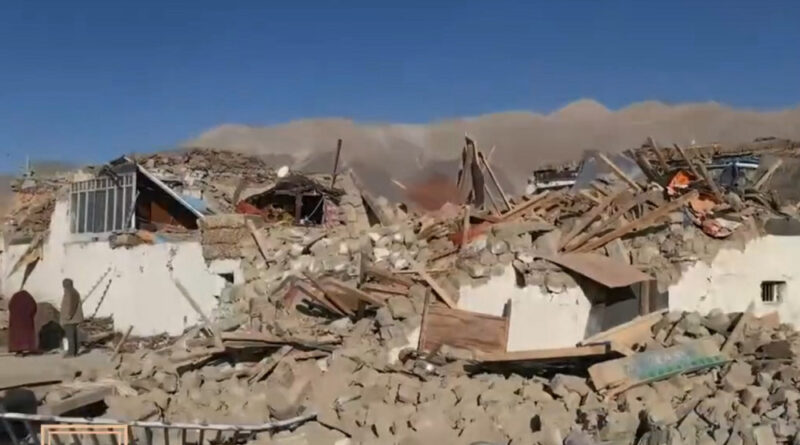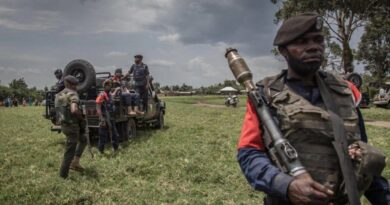7.1-Magnitude Earthquake Strikes Tibet, Death Toll Rising
On Tuesday morning, a powerful earthquake struck Tibet’s holy city of Shigatse, killing at least 95 people and injuring 130 others. The 7.1-magnitude quake, recorded by the US Geological Survey, occurred at 1:00 GMT with a shallow depth of 10 kilometres. Neighbouring countries such as Nepal and parts of India felt the tremors, though no casualties were reported outside China.
The earthquake caused extensive damage, destroying over 1,000 homes and tall buildings and disrupting power and water supplies. Entire areas have been plunged into darkness, and the frigid nighttime temperatures in Tingri County near the epicentre, which dropped to -18°C (0°F), are hampering rescue efforts.
Videos shared online reveal collapsed buildings and scenes of rescue workers distributing blankets to survivors. A hotel guest in Shigatse described waking up to intense shaking and helicopters flying overhead, underscoring the chaos.
Tourism activities in the region, including Mount Everest sightseeing, have been suspended, with tourists moved to safety zones. Shigatse is considered a holy city in Tibetan Buddhism, being home to the Panchen Lama, the second-most significant figure in Tibetan Buddhism after the Dalai Lama.
This tragic event has brought renewed focus on the political tensions between Beijing and Tibetans. The Chinese government’s controversial appointment of its own Panchen Lama following the disappearance of Tibetan Gedhun Choekyi Nyima remains a point of contention, and many fear a similar move for the Dalai Lama’s successor.
Chinese President Xi Jinping has ordered swift action to minimize casualties and assist those affected. The Chinese Air Force has deployed personnel and drones for search and rescue operations. However, challenging weather conditions and ongoing aftershocks make the efforts difficult.
Jiang Haikun, a researcher at the China Earthquake Networks Centre, cautioned that aftershocks with magnitudes around 5 could still occur, although a larger quake is unlikely.
See Also: Bauchi Cabinet Reshuffle: Who’s Out and Who’s In?
The Tibetan Plateau sits on a major fault line where the Indian and Eurasian tectonic plates meet, making earthquakes frequent in the region. The 2015 earthquake in Nepal, which killed nearly 9,000 people and injured over 20,000, remains a stark reminder of the area’s seismic vulnerability.
Manju Neupane, a shop owner in Kathmandu, recounted her experience with the 2015 quake, expressing concern about future earthquakes: “Today’s situation was not scary like that, but I fear another major earthquake may hit us.”
The 7.1-magnitude earthquake in Tibet is the deadliest the region has seen in years, leaving destruction and despair in its wake. As rescue teams race against time, the challenges of extreme weather, political sensitivities, and lingering fears of aftershocks continue to shape the unfolding tragedy.
Watch a video of the BBC’s report on the Earthquake
Content Credit| Igbakuma Rita Doom
Picture Credit |https://bnonews.com/




